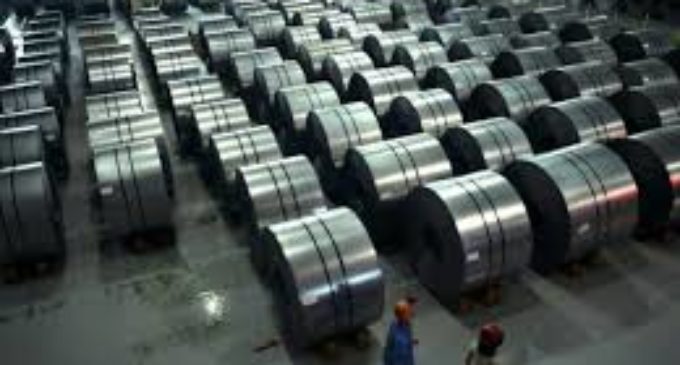Tariffs Dominant Story of ’18

U.S. tariffs were the dominant story in the fastener industry during 2018.
In March, U.S. President Donald Trump signed a formal order imposing 25% tariffs on steel imports and 10% on aluminum imports.
“It is worth mentioning that fastener products, which typically fall under the HTS code header of 7318, were largely spared,” stated National Fastener Distributors Association president Kevin Miller. “However, the short, medium and long-term effects of this action on steel and aluminum-related industries and downstream products are simply unknown and unknowable at this point.
In a ceremony at the White House where he officially authorized the tariff, Trump characterized the tariffs as “a matter of necessity for our security.” The tariffs were justified because the Commerce Department reported that steel and aluminum imports “threaten to impair the national security,” as defined by Section 232 of the Trade Expansion Act of 1962.
U.S. steel users warned against the new tariffs.
The Industrial Fasteners Institute sent an official letter to the White House. Dated February 22, the IFI letter warned against a tariff on steel.
“In our view, the negative effects on downstream consumers of steel and aluminum far outweigh any benefits that may be afforded to the domestic metals industry. Specifically, we suggest that the negative impacts from these remedies will do more harm than good to our economy and national security than they will provide benefits to the domestic metals producing industries.”
The IFI joined 14 other trade associations representing over 30,000 US steel-using manufacturers to warn that the entire U.S. steel supply chain “will be damaged by restrictions on steel imports.”
The last time the U.S. imposed a global tariff on imported steel was in 2002 under President George W. Bush. The 30% tariff ended the following year after the WTO ruled the Section 201 remedy violated global trade practices. According to one independent study, the 2002 Bush steel tariffs cost 200,000 jobs because of higher steel prices.
While U.S. fastener manufacturers were hit by the 232 tariffs, fastener distributors were squeezed by Section 301 tariffs of 10% on $200 billion worth of Chinese goods, including a majority of fasteners manufactured in China.
Those tariffs were scheduled to increase to 25% on January 1, 2019. But leaders of the U.S. and China agreed to delay the rate hike for 90 days in hopes of providing time to find a solution to the trade war gripping the two largest economies in the world, Reuters reports.
If no deal is reached within 90 days, both parties agreed that the 10% tariffs would be raised to 25%.


There are no comments at the moment, do you want to add one?
Write a comment